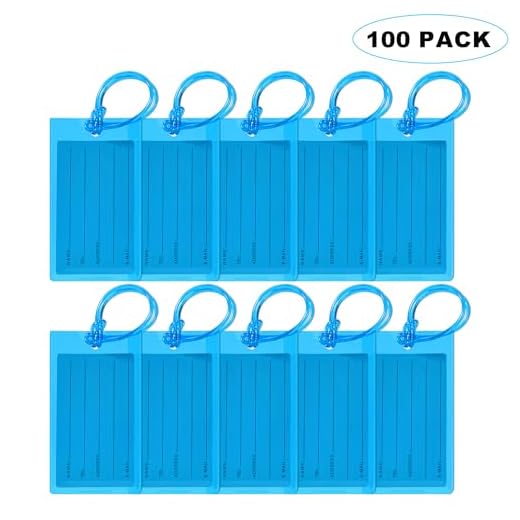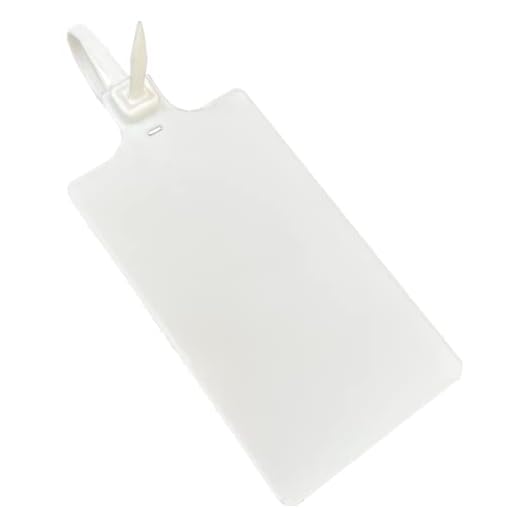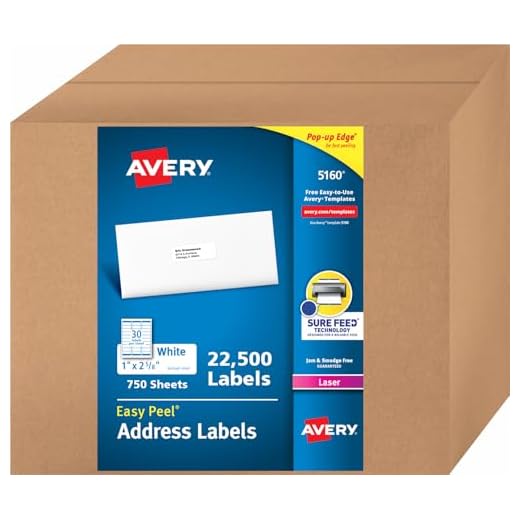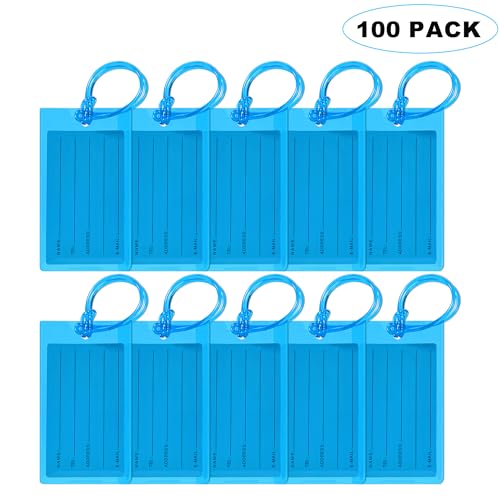







Minimum fields to display: full legal name (first and last), primary mobile with international prefix (example: +44 7123 456789), an alternative contact (different person, different country code), and a working email address. Add destination city and accommodation (hotel name and check‑in date) and, when available, the carrier and flight number – airline bag tag code (e.g., 01234567890) helps handlers match items quickly.
Formatting rules: use the plus sign and country code (+), omit trunk zeros, write numbers without parentheses or nonnumeric separators for scanning (example: +1 5551234567). Use block capitals or a sans‑serif printed font at least 12–14 pt for legibility. Example line layout: JOHN SMITH | +44 7712 345678 | [email protected] | Hotel Roma, Rome | AZ123.
Do not place a full residential address on an external tag. For privacy, limit external information to city/country; keep a paper card inside the suitcase with full home address, passport number copy and a secondary contact. Always include 2 contacts on the external tag so one can be reached if the first is unavailable.
Material and attachment: use a waterproof ID card in a clear protective sleeve or an engraved metal/plastic plate for repeated trips. Secure the tag with a stainless steel cable loop or tamper‑resistant zip tie; replace worn ties and remove old carrier tags before reuse. Add a brightly colored ribbon or strap for quick visual identification.
Optional extras: add the last 4 digits of your passport or booking reference as a short internal identifier (avoid full passport numbers). For medical alerts, show a concise line such as MED‑ALERT: PEANUT ALLERGY and a local emergency contact. If you use a QR code, link it to a minimal contact page and protect sensitive details with a short PIN; otherwise rely on phone and email. Before check‑in, photograph both sides of the tag and the bag for recovery purposes.
Recommended information for travel tags
List full legal name plus one mobile number with international dialing code (example: +44 7123 456789).
Also include a secondary contact (name and number), an email address for remote contact, and the final destination airport code (three-letter IATA, e.g., LHR, JFK) with the travel date. Use a short booking reference (6-character PNR) rather than a full itinerary to speed identification.
For privacy, show city and country or a partial home address (street number omitted) instead of a full residential address. Avoid printing passport numbers, credit-card data, or other sensitive identifiers on external tags; store those on an internal paper card inside the bag.
Mark medically relevant conditions in ALL CAPS on the external ID (examples: MED ALERT: INSULIN; ALLERGY: SHELLFISH) and place a detailed medical/contact card inside. Attach a printed business card or laminated info card inside the main compartment as a duplicate.
Use a durable, waterproof medium (Tyvek, PVC or laminated paper) with a reinforced grommet and stainless-steel cable, or a triple-loop nylon strap plus a tamper-evident zip tie. Print text at minimum 12 pt sans-serif with high contrast for machine and human readability.
Include a discreet unique tag code for cross-referencing with online profiles (example format: initials + last 4 phone digits, JS6789). If using a QR code, link it to a minimal contact landing page that requires a short PIN to reveal full details to reduce scraping.
Place one tracking device (AirTag/Tile) inside the checked compartment; check airline guidance on coin-cell batteries prior to travel. Protect adhesive seals and strap joints from moisture; for practical moisture-control techniques and material handling see preventing water buildup in your air compressor a comprehensive guide.
Quick checklist
| Field | Recommended content |
|---|---|
| Name | Full legal name (first + last) |
| Primary phone | Mobile with country code (e.g., +1, +44) |
| Secondary contact | Trusted person – name + number |
| One reliable address for notifications | |
| Location hint | City, country or airport code (avoid full home address) |
| Travel identifier | Flight number or 6-char PNR |
| Medical | Short all-caps alert; detailed card inside |
| Inside duplicate | Laminated card with full details and booking refs |
| Attachment & material | Waterproof tag, reinforced grommet, steel cable or triple-loop strap |
| Privacy measure | Partial address, PIN-protected QR or minimal public info |
Full name and best contact phone (include country code)
Provide your full legal name exactly as shown on travel documents and a single reachable phone number in international format (E.164): begin with a plus sign and country code, then the national number – example: +15551234567 or for readability +1 555-123-4567.
Format name for rapid recognition: surname in uppercase followed by given name and optional middle initial, e.g. SMITH, John A. Use the exact spelling from your passport; if the tag system removes diacritics, use plain Latin characters.
Phone selection and placement
Select a mobile number that accepts international calls/SMS or has roaming active. Display a single primary number on the external ID; place an alternate contact (trusted person or backup mobile) inside a sealed inner card along with the full postal address and email.
Durability and privacy
Print information on waterproof card stock or a durable printed insert; use a clear sleeve or zip tie attachment. Choose a sans-serif font at 12–16 pt and bold the phone for legibility. If public exposure of your personal number is a concern, show a business or travel-service number externally and keep the personal number inside. For bags with an integrated ID pocket see best messenger bag for asus rog strix.
Destination address or hotel name and phone
Provide the hotel’s full registered name, complete street address, city and postal code, plus the front-desk phone in international format with any extension (example: +44 20 7123 4567 ext 101). Add the reservation or confirmation code on a separate line for faster verification by handlers.
Format examples
Example 1 (single line for a tag): Hilton Garden Inn London Heathrow – Bath Rd, Hounslow, TW6 2AQ, UK – +44 20 7123 4567 ext 101 – CONF 789012
Example 2 (compact): Park Plaza Prague / V Celnici 7, 110 00 Praha 1 / +420 234 567 890 / RES 345678
Privacy and fallback options
If you prefer limited personal exposure, list only city, hotel name and front-desk phone (with country code). For itineraries with multiple stops, place the first-night accommodation and its phone on the tag; carry a printed itinerary with full addresses inside your bag. Add a secondary contact (hotel central reservations or local agent) and the expected arrival date. Use block lettering or a printed card and laminate or seal to avoid smearing.
Secondary contact: email and an emergency contact number
Add a secondary email address and one emergency phone number on a small card stored inside the main compartment for recovery teams and agents to access if the primary contact is unreachable.
Email: selection and format
Choose a short, travel-dedicated address you check regularly (example: [email protected] or a plus-addressing variant like [email protected]). Prefer an address without obscure symbols or long strings; use lowercase, no spaces. Include a single-line instruction under the address: Email for baggage recovery.
Create a basic vCard (.vcf) that contains the secondary email and embed a tiny QR code on the card linking to that vCard. Test the QR on your phone and on another device before printing.
Emergency number: selection, presentation and extras
List one phone reachable 24/7 in international format with country code and clear spacing, for example: +44 20 7946 0018 or +1 555 123 4567. Add a short tag indicating relationship and time zone offset on the same line: +44 20 7946 0018 – Sister (GMT+1).
Indicate preferred messaging apps beside the number when applicable, e.g. WhatsApp or Signal, and mark if SMS is unreliable. Verify the contact can accept international SMS/calls and confirm hours they will answer. Laminate or use waterproof paper; print in 10–12 pt sans-serif, bold the number for legibility.
Booking reference, flight number or airline tag for faster recovery
Include the booking reference (PNR), flight number and the airline-issued tag/barcode number on both the external ID sleeve and an internal information card immediately after check-in.
How to format the details
Booking reference: 6-character alphanumeric (uppercase). Example: PNR: ABC123. Flight: carrier code plus number and date. Example: Flight: BA132 • 2025-09-03. Airline tag/barcode: usually a 10-digit baggage tag number printed on the paper receipt; copy it exactly (example: Tag: 1234567890). If available, add the 13-digit ticket number shown on your receipt. Use ISO date (YYYY-MM-DD) and the three-letter airport code for the destination (e.g., LHR) to avoid ambiguity.
Where to place copies and how to back them up
External: secure a printed card inside a clear plastic sleeve on the outside handle so handlers can scan the barcode or read the tag. Internal: place a second printed card inside a sewn pocket or under the lining so airline staff can find it if the external sleeve is detached. Additional backups: photograph the issued bag tag and e-ticket (including PNR and tag number), upload to a cloud folder and the airline app, and email the images to yourself. Airlines locate items fastest by the tag/barcode number and PNR; having both visible and backed up reduces search time. Avoid displaying passport or full ID numbers on the external card.
For a business-oriented bag with a trolley sleeve and internal pockets suited for storing an internal info card, see this best work tote with trolly sleeve and convertible backpack.
Return address and home city: when to add it
Add a full street return address only if the item will be shipped, checked through to a final carrier, or if you expect a courier-based return; otherwise use city + country or an alternate address to reduce exposure of your home location.
Situations that justify a full street address
- Items dropped at airline cargo, courier services, or freight: include full name, street, postal code and country for automated returns and customs paperwork.
- If you hand a bag to a third-party porter or ship via a transit desk that issues a tracking number: a complete return address speeds delivery back to you.
- When shipping an extra case ahead of arrival (e.g., pre-shipped excess baggage): carriers require a postal address for return labels and duties.
- Long-term storage with a commercial facility that returns unclaimed items by mail: provide a full mailing address to avoid local pickup only drops.
When to limit the information to city or alternative address
- Short domestic trips or weekend breaks: list only your home city and country to signal origin without revealing street details.
- High-theft destinations or visible external tags: use a PO Box, work address, or hotel address instead of a residential street.
- Shared or public transport handlers (bus, train station cloakroom): city + contact method is usually sufficient and reduces risk of targeted theft.
- If the case will remain within the same country and you prefer privacy: city + postal code can help identification while keeping the home street private.
Practical formatting examples for external tags:
- Full return address (for shipments): Jane Doe, 123 Main St, Apt 4, Springfield, IL 62704, USA
- Privacy-minimal (external tag): Jane D., Springfield, IL, USA
- Alternate address option: Jane Doe, PO Box 890, Springfield, IL 62701, USA
Additional measures: keep a copy of the full address inside the case; use a removable insert or internal card with the complete mailing details to assist recovery without exposing the street on the exterior identifier.
Privacy choices: personal details to omit from external tags
Avoid displaying unique identifiers–passport numbers, national ID or social security numbers, driver’s license numbers, and full date of birth–on any external tag or visible holder.
- Passport / national ID numbers: expose you to identity theft; keep copies locked in luggage interior or encrypted cloud storage.
- Full date of birth: useful for account takeover; show only initials or birth year if any date is required on the outside.
- Credit card, bank or payment identifiers: eliminate printed PANs, CVV or account numbers; use mobile payment apps or keep cards inside.
- Frequent-traveler and membership IDs: a thief can use them for fraud; store in secure apps or inside the bag.
- Detailed home street address: increases risk of targeted burglary; if a return address is needed, list city or use a PO Box instead.
- Full itinerary (connecting flights, dates, times): advertising travel schedule invites theft; share schedules only with trusted contacts via secure channels.
- Medical and insurance policy numbers: keep emergency health info on a small internal card or medical ID bracelet, not on the exterior.
- QR codes or URLs linking to personal pages: avoid public links that reveal contact lists, social media, or location–use password-protected links if absolutely necessary.
- Photographs or family identifiers: avoid pictures or child names that could facilitate stalking or targeted crimes.
Practical exterior privacy measures
- Display only minimal outward info: initials + country code or last four digits of a phone number instead of full name and number.
- Use an opaque tag holder or a privacy flap so full contact card is hidden from casual view.
- Place full contact and identification details on an internal card inside the main compartment and on airline/transport paperwork.
- Opt for an interior GPS tracker or Bluetooth finder registered to your account rather than printing contact details externally.
- Designate a professional contact (hotel front desk, travel agent) instead of a personal home phone for external emergency contact.
- Photograph external tag and contents before departure; store images in a secure cloud for faster recovery if needed.
FAQ:
What personal information should I put on an external luggage tag?
Put your full name, a phone number with country code, and an email address. For location, list the city and country and the address of your hotel or temporary lodging when possible. Avoid putting your full home address if you are concerned about privacy. If you expect delays or transfers, add a local contact or the address where you will be staying. Keep the text clear and readable from a short distance.
Is it safe to include my home address on luggage labels for international trips?
There is some risk: a visible home address can advertise that your residence is empty. Many travelers prefer to use only a hotel or destination address plus phone and email. If you need a return address for the carrier, consider a work address or a trusted friend’s address instead of your primary residence. Also place a duplicate tag with full contact details inside the bag so airline staff can reach you if the external tag is lost.
How can I make luggage labels that survive rain, rough handling and long journeys?
Use sturdy materials and a protective cover. Print or write on durable paper or Tyvek, then laminate or place the label in a clear plastic sleeve. Secure the sleeve to the handle with a strong cable tie, metal loop or reinforced strap so it won’t tear off. Write contact details with a permanent marker or use high-quality printed stickers. Always tuck a duplicate tag with the same contact details inside the bag in case the outside tag is damaged or removed.
Can I rely on QR codes or electronic tags instead of writing my contact details on the luggage?
QR codes and smart tags can carry more information and let you update details without changing the physical label, but they have limits. Not everyone handling lost luggage will scan a code, and a damaged or dirty code may not be readable. For tracking devices that use batteries, check airline rules: some airlines only allow battery-powered trackers in carry-on baggage. As a practical approach, place a QR code or electronic tag as a supplement but keep at least one clear, printed contact method (name and phone number) on the outside of the bag and a full set of details inside.







